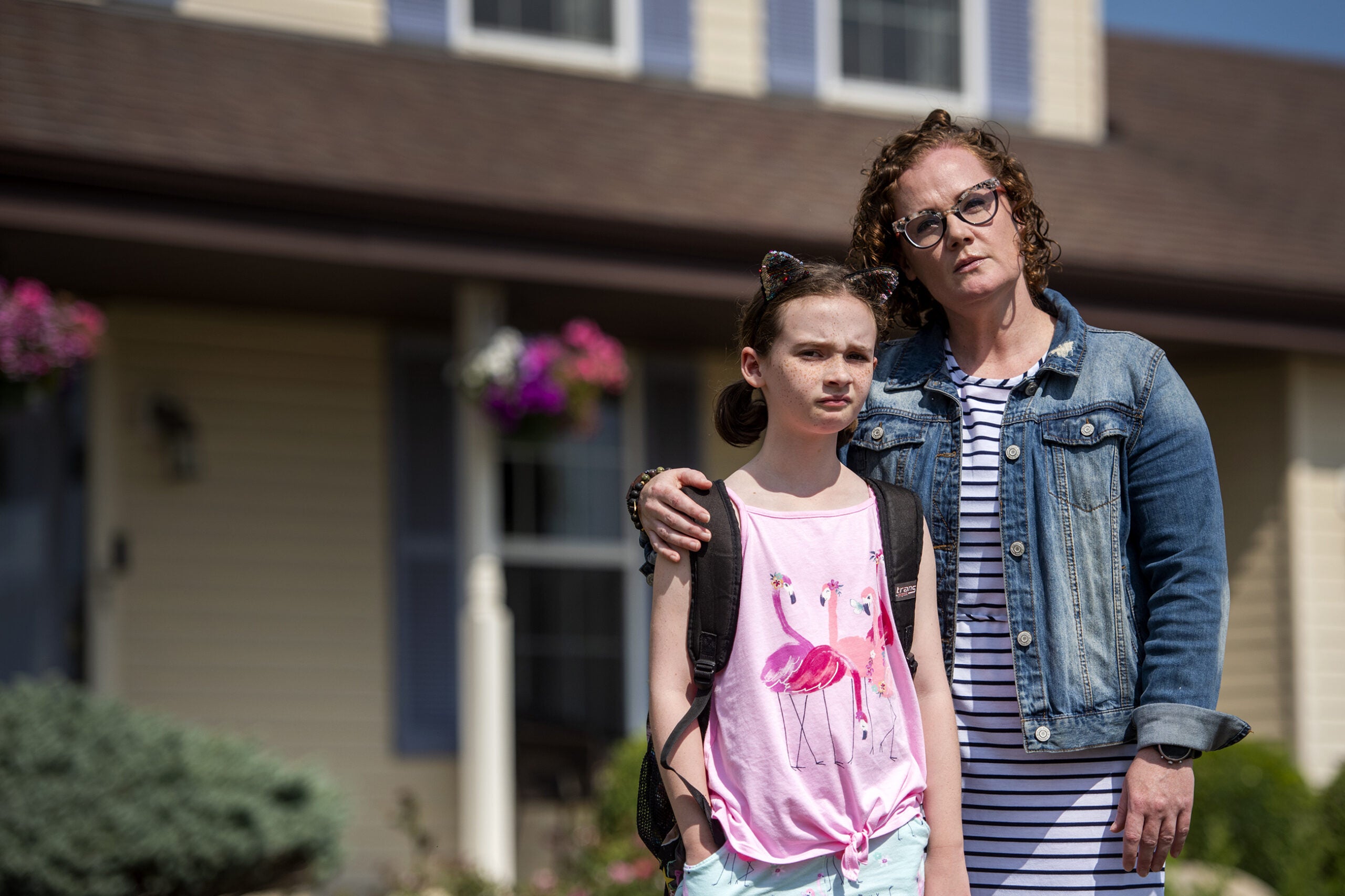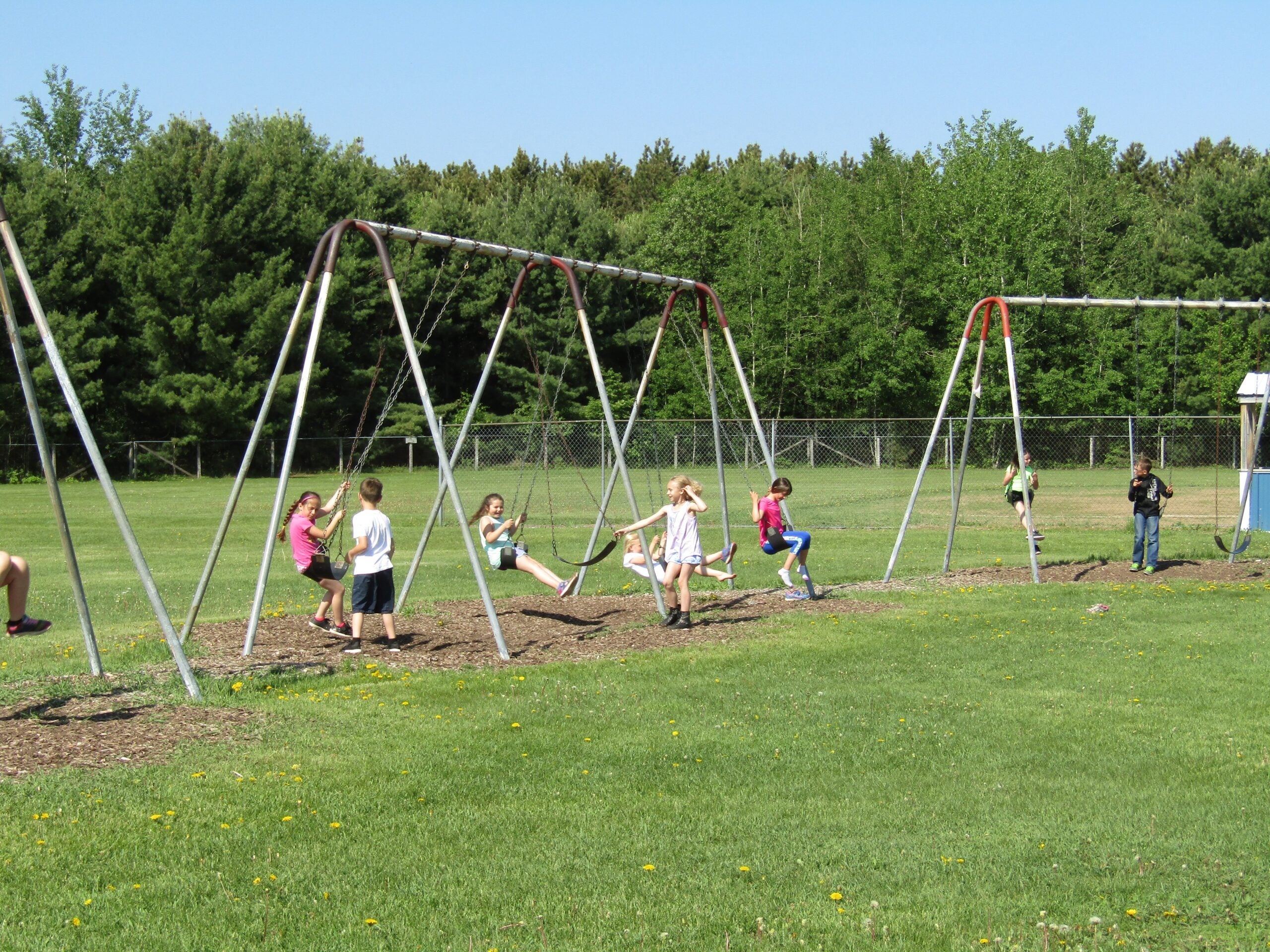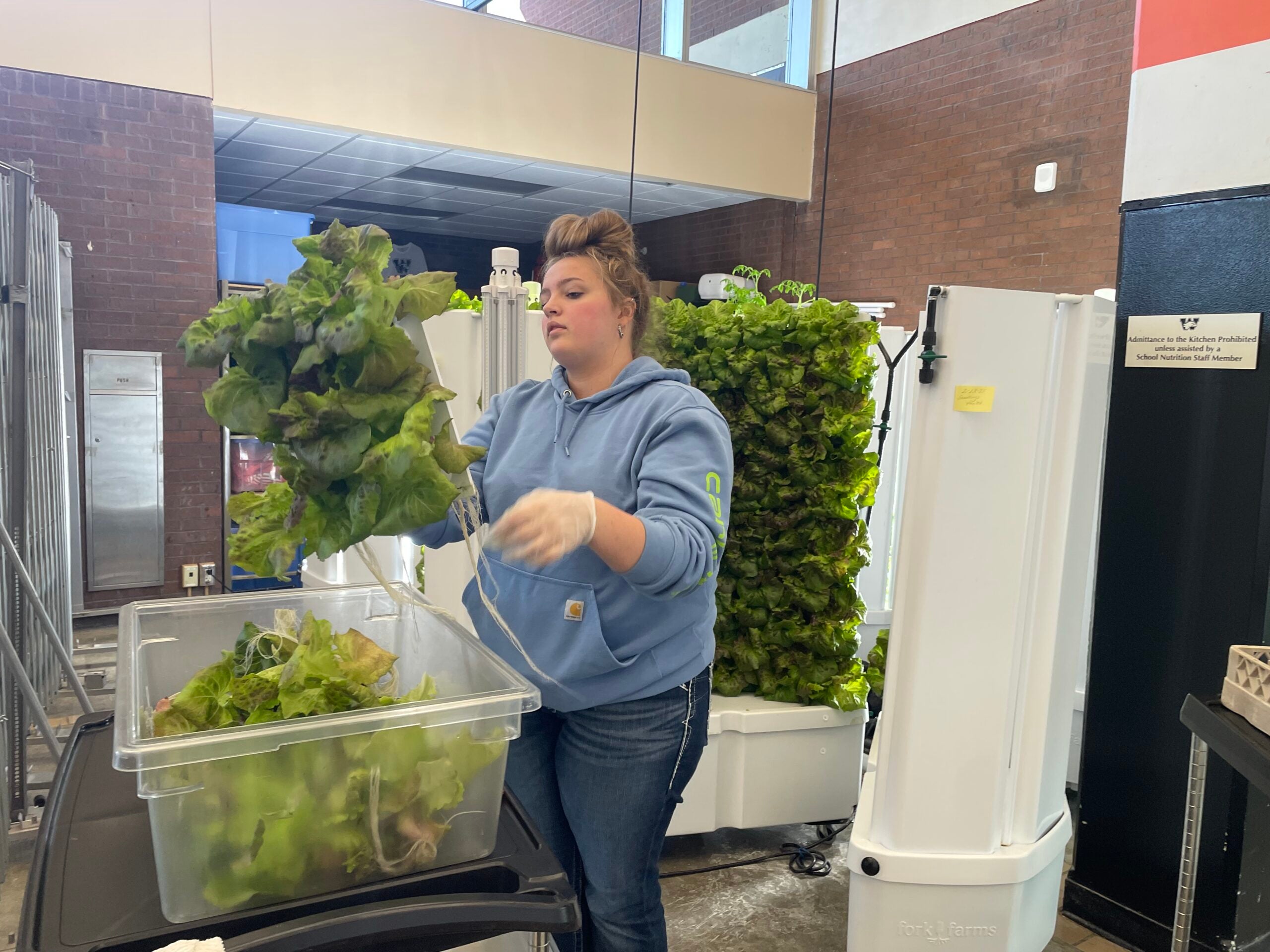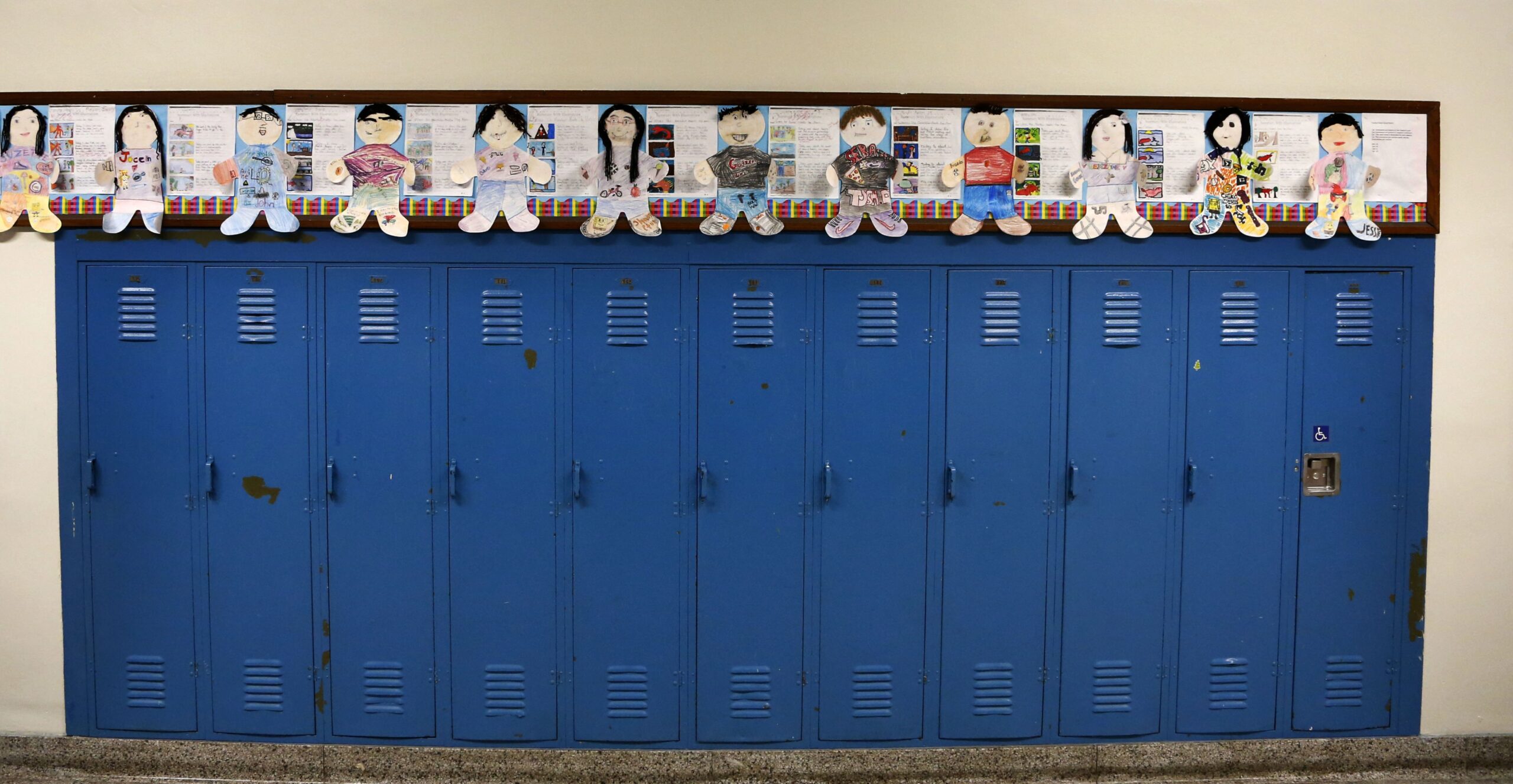Ann Zielke’s 9-year-old daughter Isla is good about keeping her mask on when she is at school or around people outside her family — most of the time.
Isla has ADHD, generalized anxiety and is on the autism spectrum, which means she sometimes gets overstimulated at school or in stressful situations.
“When and if she gets upset or has a meltdown, the mask is the first thing to go,” said Zielke. “She doesn’t have the developmental capabilities of her typically developing peers to know when is appropriate to keep her masks on at all times, and take it off.”
News with a little more humanity
WPR’s “Wisconsin Today” newsletter keeps you connected to the state you love without feeling overwhelmed. No paywall. No agenda. No corporate filter.
Last school year, when masks were required in their Muskego-Norway School District, that wasn’t as much of a problem. At the moments when Isla was unmasked, the people around her still had theirs on, which kept the risk of COVID-19 transmission low.
This year, though, the district won’t be requiring masks or other COVID-19 precautions. Zielke wrote into WPR’s WHYsconsin project to express her concern about what that means for families like hers.
“Me and a bunch of other parents fought that as hard as we could, showed up at the board meetings, made an impassioned plea for the mask mandate — to no avail,” she said.
After a year of vitriolic fights at school board meetings around the state over mask mandates, some districts have decided to go mask-optional for the 2021-22 school year rather than battle families, community members and some newly elected school board members who are vehemently opposed to COVID-19 restrictions.
At the same time, evidence supporting masking as one of the most effective ways to slow the spread of COVID-19 in schools has piled up over the past year. Last month, the Centers for Disease Control and Prevention and the American Academy of Pediatrics both recommended schools require masks for everyone this school year, regardless of their vaccination status.
“We know that masking allows children to be in school safely, reduces transmission of COVID, and, really importantly, if children are masked, then it provides much less disruption to kids, because they don’t need to be quarantined if they’re exposed to a case of COVID,” said Greg DeMuri, a pediatric epidemiologist at the University of Wisconsin-Madison.
Wearing masks is particularly important to protect the vulnerable, including children like Isla, said DeMuri.
“Masking gives a safety measure for those kids who can’t wear masks or are more susceptible to severe COVID — kids with complex medical conditions, kids with developmental disabilities, kids who have with weakened immune systems — and also for teachers and staff that can’t get vaccinated or also have weakened immune systems,” he said. “If everybody masks and does their part, then it provides that margin of safety.”
School districts’ refusal to require masks put families like Zielke’s in a tough spot. She is worried about Isla’s safety at school, but Muskego-Norway district officials aren’t offering a virtual alternative so in-person classes are her only option. Finding a virtual charter school isn’t feasible either. Isla’s developmental needs means she has an individualized education plan. As a result, she can only open enroll into schools that have a slot for a student with an IEP, and most don’t.
“When you think of all your options as a family as to how you’re going to tackle schooling in next year, for us, it’s just like stuff gets crossed off the list. That’s not an option for us, that’s not an option for us,” she said. “It leaves us with me sending my kid, the only one (masked) with 900 other unmasked, unvaccinated children, which is an absolutely terrifying possibility.”
For families in areas where anti-mask sentiments are widespread, the lack of state guidance is another source of frustration. The statewide mask mandates that were in place for much of the last school year took decisions over masks out of the hands of local school boards and administrators and kept policies consistent from district to district.
“This is not the way to handle a pandemic, every school district making their own decisions,” said DeMuri. “If you have school district A not masking and school district B masking, and those two districts are playing each other in sports, or the two districts border each other and the kids are playing together after school, that’s a recipe for disaster.”
In neighboring Illinois, Gov. J.B. Pritzker announced his intention to set a statewide school mask requirement. In Wisconsin, spokespeople for the state Department of Public Instruction and the state Department of Health Services said several state agencies are working together on guidance for K-12 schools next year that will be released soon, but didn’t say whether it would have the force of a mandate, like in Illinois, or simply a recommendation, like the CDC and AAP guidelines.
Vaccines could be approved for children under age 12 as early as this fall, which could offer an extra layer of protection for students. Still, only 29.4 percent of children in Wisconsin ages 12 to 15 and 39 percent of those 16 to 17 have been fully vaccinated, even though they’ve been eligible for months.
With the delta variant of the coronavirus’ ability to spread through vaccinated individuals even though their cases of COVID-19 are milder than their unvaccinated peers, DeMuri said the approval of vaccines for children won’t change as much, as quickly as consistent mask requirements.
“It’s not likely to change things until the numbers (of cases) come down, and until we get through this peak,” he said. “Wearing masks is a societal obligation we have right now.”





